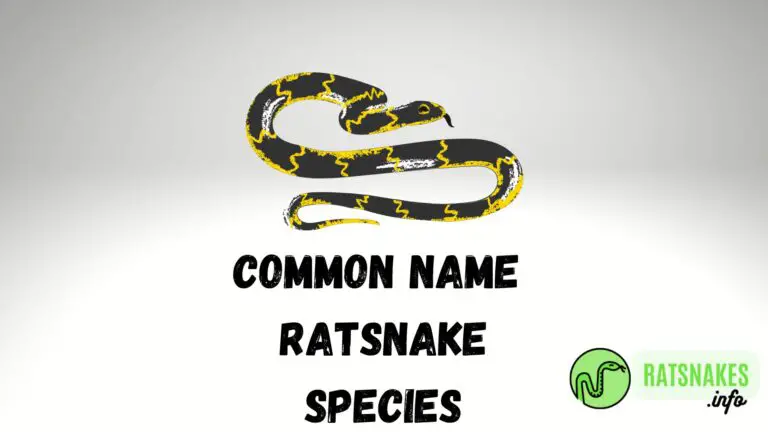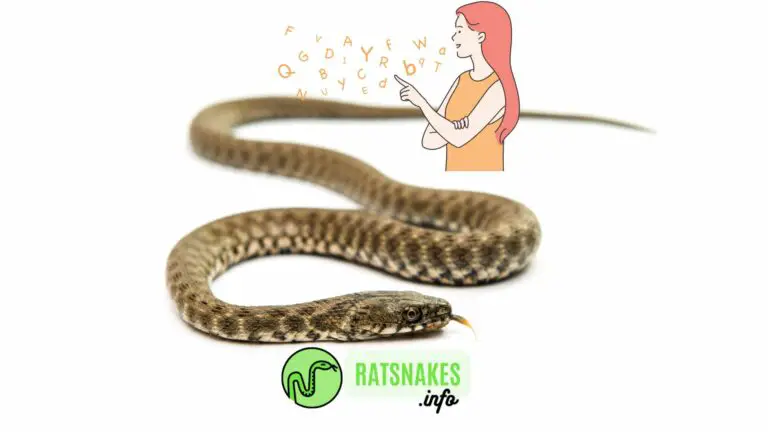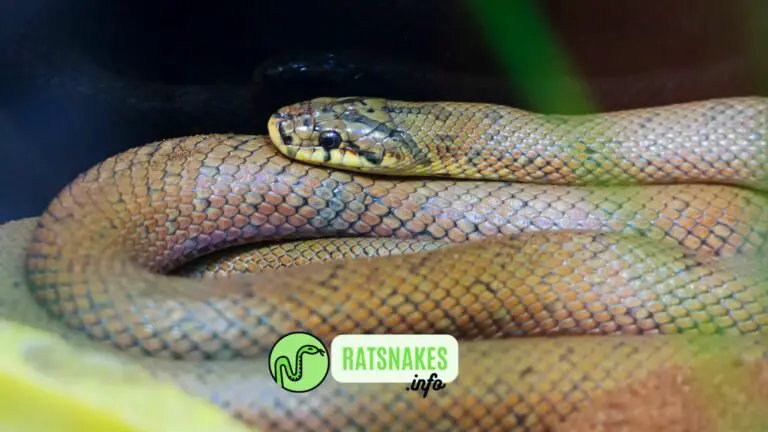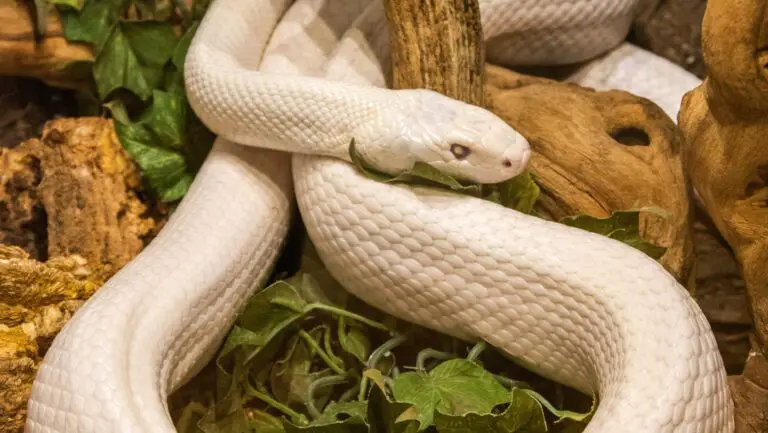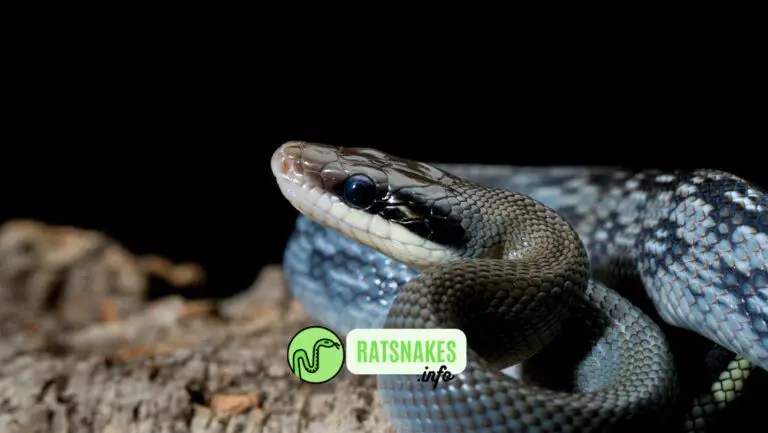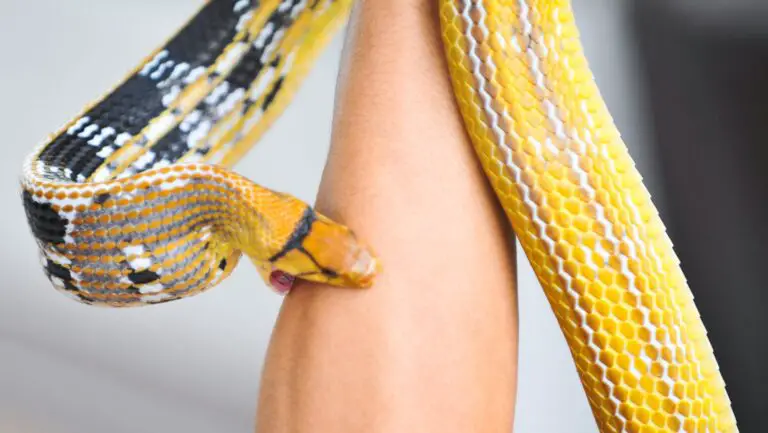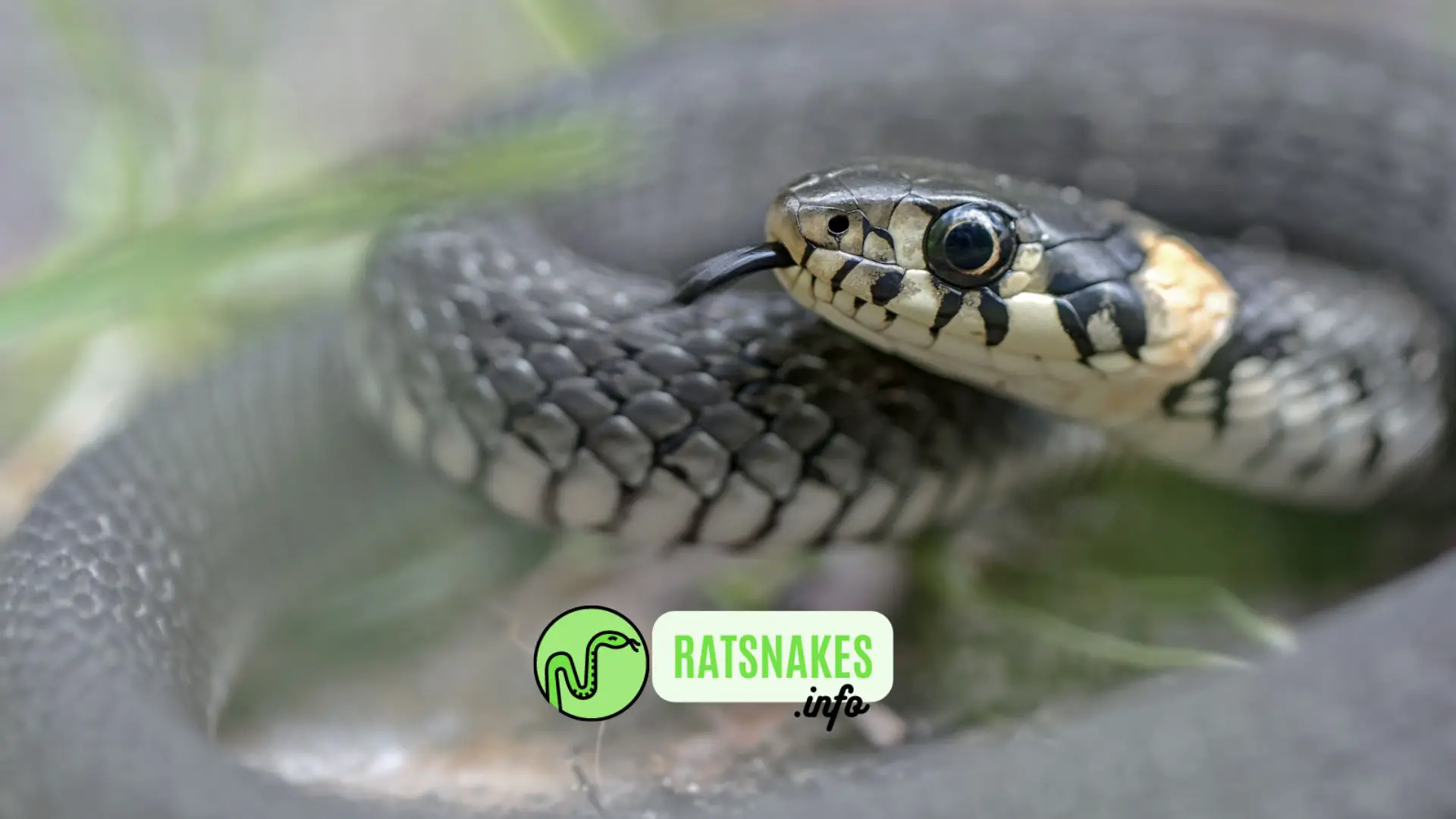
Natrix natrix Care Guide
Francis CosquieriThis care-sheet details how I keep the species Natrix natrix (Grass Snake). The methods detailed here also apply to the closely related Natrix species, Natrix maura (Viperine snake) and Natrix tessellata (Dice Snake or Tessellated Snake). These notes will also serve well for other temperate Natricine snakes such as American Water Snakes (Nerodia) and could be a sensible starting off point for the Asian Sinonatrix species.This care sheet is written from the experiences of the author with these snakes; it is not considered an “absolute” set of rules, but merely the methods the author has used to keep and breed Natrix species.A Brief Word from the Author: It was only after long period of soul-searching that I posted this caresheet up, as I am aware it is likely to be a contentious one; I in no way endorse or encourage the capture of wild snakes in the UK, however it is not my place to voice any opinion against it (and it would be hypocritical of me to suggest so, as I have enjoyed a WC pair of Grassies for the last three years).
However, the morality/ legality of doing so is a discussion for another thread (and there have been many). Those who disagree with my comments or opinions please feel free to contact me privately or start up a different thread as this is intended to be merely an informative guide to KEEPING Grass Snakes and nothing more. There are after all plenty of them bred in Europe that are cheaply available at shows, which can also be kept in this manner! However you procure your animals, whether WC or CB, and whatever your views on the subject are, can we all please treat this as exactly what it is: a caresheet.
A Note on Names: Natrix natrix, like many snakes, goes by several vernacular names but is most often known as the Grass Snake, Collared Snake or Ringed Snake. However, as ever the problem with common names is not just that they tend to vary from place to place, but also can refer to different species in different countries; the name “Grass Snake” can refer to Natrix natrix in the UK, to Hemorrhois hippocrepis (Horseshoe Whip Snakes) in Gibraltar (or indeed any small, terrestrial species there), Opheodryas (Green Snakes) in America, Psammophis species (Sand Snakes) in Africa, and so on.
This caresheet deals primarily with the subspecies Natrix natrix helvetica found here in the UK, but applies equally to other subspecies that may rarely become available as captive-bred or imported animals
Description:
This is a medium-sized snake that can measure up to 180cm in exceptional cases but is usually somewhat shorter. The head is clearly set off from the neck, the eyes are large and the snout is rounded. Adult female specimens are noticeably stouter than the males, with broader, flatter heads. In colour, this species is generally an olive tone, brown, blue-grey or greenish, although unusually marked black, grey and bluish animals are known. There are often dark bars at intervals down the snakes’ flanks.
The ventral surface is usually cream or yellow, with black or bluish patterns that may become more or less solid towards the posterior part of the body, and are usually much sparser under the throat.
One of the key identifying features of this species (although it is reduced or completely absent in some populations/ subspecies and can become faded in older animals) is the light coloured crescent-shaped collars behind the head, either white or yellow, behind which are black markings. There are also often distinct black lines bordering the labial scales beneath and behind the eyes. The tongue is blackish, although the author has noticed that babies sometimes have very pale tongue tips that fade with age.
This is a widespread snake, found throughout Europe, with the exceptions of Ireland, Scotland, the Balearics, Malta, Iceland and a few of the smaller Greek islands, and parts of Scandinavia. It also occurs in North Africa and Asia and it is found in parts of Mongolia and Lake Baikal.
There are several subspecies of the Grass Snake, the one this caresheet will focus on is N. n helvetica, which is the largest subspecies and the one found in the UK and Western Europe, however as stated it should serve for the other forms.
The author also has experience with N. n . astreptophorus, the Spanish subspecies, which is only found in the Iberian peninsula and North Africa. This species is not present in the pet trade but, having grown up in Iberia I came across them every now and then. They are usually a much more uniform shade of green, beige or grey-green, and younger animals can be noticeably spotted. The pale collar is often missing on adults.
Another subspecies, N. n. scutata, the “Turkish Grass Snake”, is the one most often imported by shops to the UK these days and has been offered for sale sporadically by importers in the last few years. They closely resemble the nominate subspecies, although they are often flecked with pale yellow or gold pin-prick spots along the body.
The final subspecies I will briefly mention is the nominate one, N. n. natrix, which is found in central and northern Europe and is often a much more greyish or bluish green in colour.
Habits:
Within its range this snake is fairly cosmopolitan in the types of habitats it inhabits, especially to the north; in the south it tends to be more restricted to wetland and marshy habitats, ponds, streams and canals. Further north, although it also colonises these habitats, it can also be found in woodlands, fields and meadows, farmland and heathland.
It is a mainly diurnal snake, favouring sunny, warm weather, but on warm summer nights it may be seen swimming in ponds and other water features in search of amphibians. They are excellent swimmers and are capable of catching fish and other aquatic prey such as frogs and newts (they are known to raid ornamental fish ponds in gardens) and can remain submerged for extended periods when the need arises.
Prey is attacked in a rather haphazard manner, and swallowed alive and kicking, as it were; the snake often swallows frogs and toads backwards, and does not constrict or pin its prey. While juveniles tend to stick to tadpoles, newly metamorphosed amphibians, newts, small fish and various invertebrates, adults will tackle any amphibians they encounter and occasionally small rodents (especially females).
When threatened or cornered, Grass Snakes tend not to bite (although the Spanish animals are less reliable in this respect, and large females may bite). However, they have several other defence mechanisms; the first is the secretion of an absolutely foul-smelling musk and yellow fluid from their cloaca; they may also flick faeces vigorously. If this does not deter their attacker they may sometimes feign death (although I have not yet witnessed this behaviour personally.
Acquisition and Acclimation:
There are three sources for Grass Snakes here in the UK; the very few CB animals that are available between private breeders here; the CB animals that are available far more frequently in Europe at shows like Terraristika Hamm and Houten Snake Day, and animals captured by the keeper.
The author thinks it self-evident that the former two options are infinitely preferable to catching and keeping a wild Grass Snake. However, actually getting hold of CB animals may be difficult – these are fairly commonly available in Europe, but not so here in the UK (the last time I saw Grass Snakes offered for sale by a pet shop was some six years ago, when Crystal Palace Reptiles imported some CB Natrix natrix scutata – which I snapped up myself).
Legalities aside, acclimatising this species can take some time as, although they are very hardy snakes, they are also often rather shy and getting some animals to feed on easily-available prey can pose problems (this will be covered under feeding).
Housing:
When it comes to basic husbandry, this species is undemanding. As always, there are two options when it comes to housing this snake indoors: Spartan and naturalistic. This species can survive perfectly well kept in a setup on newspaper, with a water bowl, a hide box and a climbing branch. However, the author has noticed that this species (and many other water snakes) are very heliothermic and enjoy exposure to sunlight. When kept indoors without good quality lighting this species becomes noticeably less active, and also the colour tends to fade from that pleasing olive green to a dull bluish-grey.
As usual the author prefers the more naturalistic approach and considers good lighting foremost in providing for this and other water snake species that spend a great deal of time basking during the day, and this approach will be detailed more here. I prefer to offer at least two fluorescent lights to my snakes; a “white light” emitting bulb (my personal choice is Hagen’s “Life-Glo” or “Life-Glo 2”) which offers good light intensity, and another UV emitting bulb (in this case Repti-Glo 10.0).
There are those who keep this species in a heated vivarium, but the author prefers to offer rather minimal heating; in a wooden viv, the two fluorescents should create a very localised warm area of around 28C within about 2-3” of the bulbs themselves but they don’t heat the rest of the terrarium.
However, it could be noted that Grass Snakes do enjoy a hot spot and in larger indoor setups that wouldn’t overheat and lose the valuable thermal gradient, I have also provided a low wattage ceramic (40W) in the past to create a “warm spot” that raises the general temps in one side of the enclosure. I don’t actually think Grass snakes wouldn’t do well at slightly higher ambient temperatures, particularly if they had a drop at night. My reasoning is that I have often seen them active on the very hottest days of Summer.
The substrate is not terribly important; newspaper can be used with good results, but again the author prefers a deeper substrate, which could be aspen, orchid bark or a similar alternative. My personal choice is a mixture of soil and sand, in roughly equal proportions (enough that the substrate can retain burrows well), and with some fine orchid bark added to the mix. With a substrate of several inches depth, pieces of cork bark can be partially buried beneath it with an entrance revealed that the snakes will often utilise as a hide. I also believe that psychologically snakes gain some security from being able to root around and burrow in the substrate; this varies from species to species but I consider it an important feature in my setups.
Another note I would make is that this species seems to enjoy exploring and roving around its enclosure, and I prefer to give them a space that is somewhat larger than might be considered necessary; for a small male of up to 24”, a 36” x 15” floor space should be adequate, larger females, being somewhat stockier in build, require correspondingly large enclosures; I would suggest not less than 48” x 15”. These sizes may seem excessive, but once the snakes lose their initial shyness, they will be observed to make full use of them and in fact can appear rather restless at certain times.
Another word of warning; even among snakes, which are as a rule natural escape artists, Grass Snakes excel at cage-breaking; perhaps it is the fact that they can depress the skull greatly, and they have relatively soft bodies for snakes that allow them to squeeze easily through cracks. I have also witnessed babies repeatedly sliding though their water bowl and then scaling the glass of their setup (utilising the water between their scales as makeshift “suction cups”… they will do this over and over again, which makes me believe they may use this trick in the wild to help them climb).
Grass Snakes in captivity, being the type of snake that enjoys roving, will climb readily in their terrarium and will often make use of small branches and plants provided for them!
Outdoor Enclosures:
This species can be kept outside; the author has not used permanent outdoor “reptilaries”, however I do keep my animals in outdoor glass enclosures during warmer weather. These enclosures are recycled aquaria kept outside year-round; this way, a variety of weeds and plants will almost miraculously find their way into the substrate and grow to create lush and beautiful undergrowth. This in turn creates cover and security for the snakes and a decent replication of their natural habitat.
My animals are introduced to their outdoor enclosures when temperatures become reliably warm (usually late March or April) and left until the end of summer. During extended periods of inclement weather I will bring them indoors, although this is probably not necessary.
It is important to ensure several things: most importantly, that the setup is placed in such a way that there is no chance of the snakes overheating (a mesh lid is useful as it allows solar radiation in without being impeded by glass; mesh cages may also be used to the same effect). As long as part of the enclosure is observed to always be shaded throughout the day, and there is sufficient ventilation, there shouldn’t be a problem. However, finding such a spot can be a case of trial and error, so it is worth experimenting for a few days before the snakes are introduced!
Secondly, the enclosure should be sheltered from the rain and elements; mine are placed under extended guttering which prevents water falling in. This should also be a prime consideration when selecting a space for them!
Feeding:
It is often their feeding habits that makes Natrix natrix fall down as ideal terrarium inhabitants, as in the wild they certainly prefer amphibian prey, although they will also take fish, and to an extent rodents and invertebrates. Obviously it would be unethical (and illegal) to feed wild amphibians to your snakes, and expensive to procure them on a regular basis from pet stores; however in my experience most animals will quickly adapt to a non-amphibian diet using a combination of techniques.
The first friends of a would-be Grass Snakes keeper are various fish, initially these may need to be fed live but eventually the snakes should learn to accept dead ones. It is best to offer a variety of species, in order to avoid the possibility of thiamine deficiency, an illness caused by the excess thiaminase present in certain fish species such as goldfish and minnows. A snake fed long-term on these items to the exclusion of all else may suffer an untimely and upsetting death from the deficiency.
Therefore, guppies and other related livebearers (which do not result in this problem) should also be used. Ideally the snake should also be encouraged to take pieces of trout, which in the long run is a much more cost-effective method (unless the fish are being bred large-scale).
Smaller male snakes and babies seem to find live fish left to flop in front of them irresistible and it is often this presented to a baby snake that initiates their first feeding.
Many small Natrix will also devour earthworms voraciously, but some individuals won’t. It is a case of trial and error. I find that most babies will come to accept them, if not always readily.
Finally, rodents: In my experience, larger Grass Snakes (especially females) will accept fuzzy mice voluntarily without problems if they are left in peace and quiet overnight. They seem to prefer the younger pinkies and fuzzies to adult mice, however. Some males will also take pinkies rather readily – especially if the prey is presented to the snake as if “alive” by moving it in a rapid hopping motion (so it looks like a frog!). I have found this method to be very successful, and my adult male will only accept pinky mice presented this way, regardless of whether or not they are scented – if they are merely left in the tank, they will be ignored.
My captive-bred animal however will happily gorge on pinky mice readily, whether they are left In the enclosure or jiggled in front of it.
Personally I believe that an all-rodent diet may be too fatty for these snakes and I try to balance out their meals so that they are eating rodents half the time and fish and worms make up the other half.
On the off-chance that a Grass snake refuses all the above prey items, scenting can be tried, by washing a pinky mouse and then rubbing it on the back of a frog (American Green Tree frogs, Hyla cinerea, have worked for me, although they certainly don’t appreciate getting their backs rubbed by a pinky!). If the mouse is then jiggled in front of the snake in a manner suggestive of a hopping frog, this may result in success. In the author’s experience, however, most Grass Snakes, whether wild caught animals or neonates, won’t refuse live fish, worms or small hairless baby mice left overnight in the enclosure.
Breeding:
Grass Snakes are not difficult to breed so long as they are cycled properly; this involves a lengthy period of brumation, usually from around November to late February/ early March. I do this by simply leaving the snakes in a ventilated box full of soil and leaf litter in the garden shed, and making sure they have water at all times via a small water bowl. When roused from their winter sleep the snakes will be characteristically curious and inquisitive, and the males especially will be livewires, scarcely keeping still and investigating every last nook and cranny of their enclosure repeatedly. Upon being introduced to the female, I have seldom had to wait more than a few minutes before copulation begins.
The female will eat voraciously after this period (in fact my female continued to eat right up until laying time). The eggs are laid in June/ July; my current female has so far produced clutches of 17, 8 and 19 eggs over the last three seasons; a snake I kept previously around fifteen years ago also laid a clutch of 17 eggs.
Fertile eggs are white, fairly rounded and very hardy. My original Grass Snake, kept when I was a boy, laid 17 eggs as mentioned above which were “incubated” (through lack of knowledge) on moistened sawdust, at room temperature, in a desk draw. Every single egg hatched into a healthy animal just over two months later.
More recently, I have been using the same technique I use for all my snakes (the eggs are incubated in a plastic tub half-filled with water, which is heated by an aquarium heater. The eggs are suspended above the water on tights and a temperature of 26C is used). This results in hatchlings after about 60-65 days.
Other Species:
There are two other species of Natrix in Europe, Natrix maura (the Viperine Snake) and Natrix tessellata (the Dice snake or Tessellated snake). These will be dealt with in a separate caresheet, but it should be noted that their care is not terribly different to that of Natrix natrix.
Further afield in Asia there are other Natrix species, the only one that the author has experience with is Natrix vittata (formerly Xenochrophis vittatus). This is a small, very attractive snake that reaches about two feet in length, although is usually less; the ventral surface is marked with attractive alternating white and black stripes, and the dorsum invariably has two copper or bronze stripes running down an other wise dark surface, leaving a single black vertebral stripe running down the spine.
This species does very well in captivity in a relatively cool, humid woodland terrarium. It avoids temperatures that are too warm and should not be kept above around 24C, perhaps with a localised basking area a little higher; should they be unable to get out of the warmth, they will be seen to become distressed and spend all their time either crowded at the other side of the enclosure or curled up in their water bowl. Otherwise, they accept fish readily and from there it is little challenge to get them to accept scented pinkies.
This species will climb readily as well as being semi-aquatic, meaning that it is possible to create very attractive “display” vivaria for them in which the occupants will be seen to explore every available surface. The fact that they do not require too much heat means that is easy to add many houseplants to such a setup.



